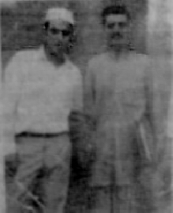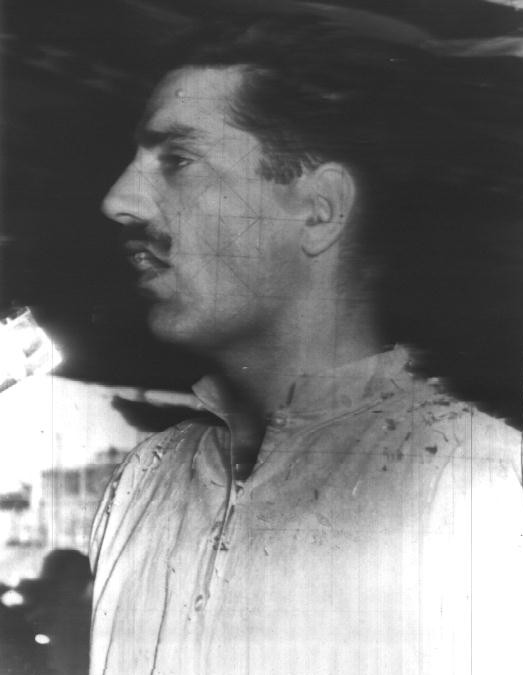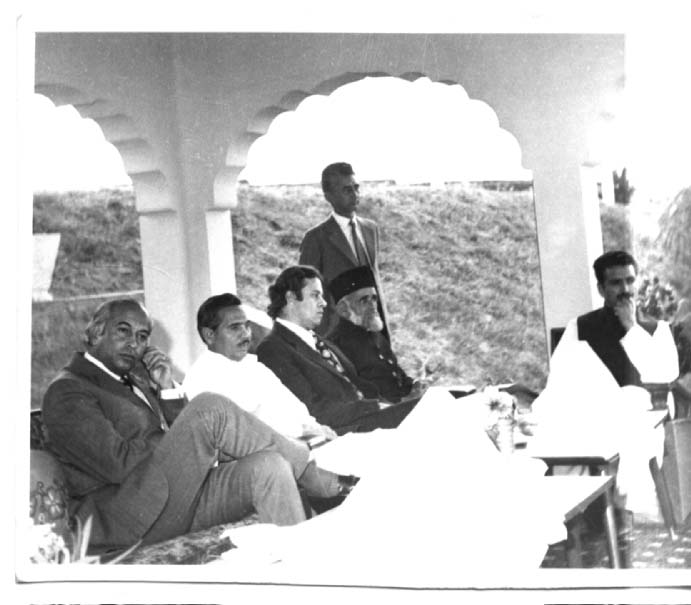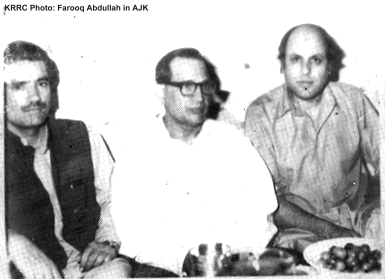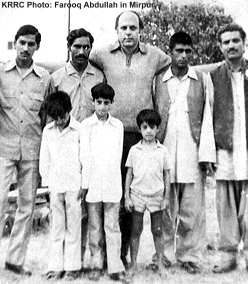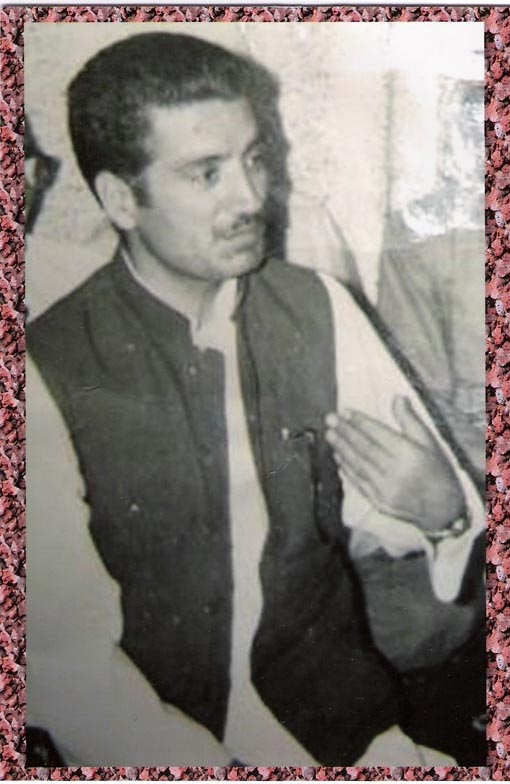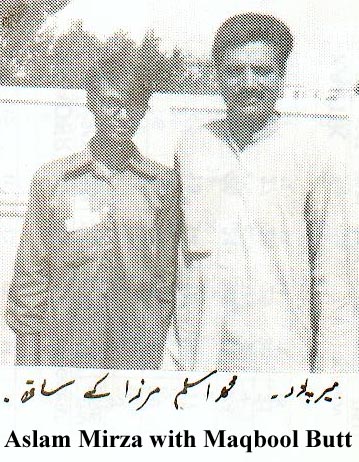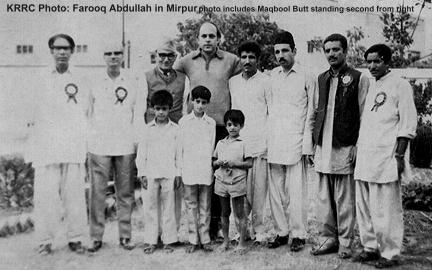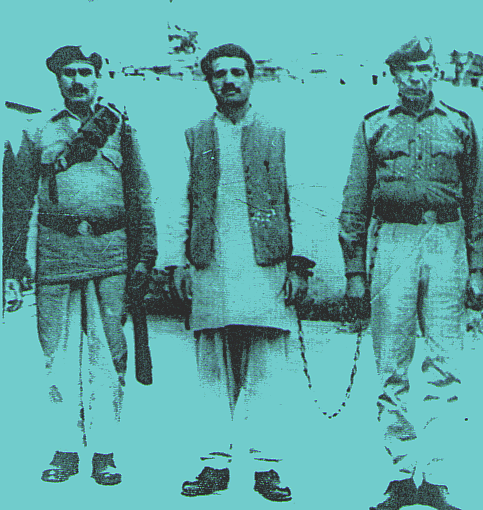Not only that Maqbool Butt was executed in revenge, no one was allowed
to see him before execution and he was buried inside the prison
premises after execution. Maqbool Butt’s sister says ‘we went at the
Srinagar airport to catch flight for Delhi but the police did not let
us go’. His niece tells ‘they did not return any of his belongings from
Thiar’. I wish they let us have some soil from his grave in the prison’
(www.rediff.com)
Mohammed Yasin Butt another Kashmiri who was imprisoned in Tihar for
his involvement in freedom struggle wrote to ‘Kashmir Times’ Britain in
1995 that during his time in Tihar prison he spoke to several prisoners
and prison staff about Maqbool Butt. They all remember him with great
respect for his dignified behaviour and for his struggle in prison for
the rights of prisoners and the lower rank prison staff. He further
wrote:
“Maqbool Sahib’s grave is the only one in Tihar prison which has a wall
built around it by the prisoners. Every month prison staff cleans it
and prisoners light fragrant candles on it and pray for him according
to their own faiths”.
Despite the confidence building measures and ceasefire between the
Indian and Pakistani armies in Kashmir the repeated demands by
Kashmiris for the return of Maqbool Butt’s remains are not responded to
and this icon of Kashmiri liberation struggle is kept in prison even
after his execution. The only other example of this kind of disregard
for human rights of political activists comes to mind is that of Baghat
Singh, Sukh Dev and Raj Guru whose bodies were also not returned to
their families by the British colonial authorities after execution.
Last year Iftikhar Gilani, a Delhi based Kashmiri journalist who spent
ten months in Tihar wrote in his book that Maqbool Butt’s grave in
prison has been built over. There are two other graves waiting for the
body of Maqbool Butt. One in the martyrs’ cemetery in Srinagar’s old
Eidgah district where its tombstone has inscription in green Urdu
letters that read “this is where Shaeed e Azam[ (the greatest martyr)
Maqbool Butt will one day be laid to rest’. Another grave for Maqbool
Butt is between the graves of his brothers in the courtyard of the
house where he was born in Trahagam.
This unique situation about the burial of Maqbool Butt was nicely
depicted by Mohammed Yamin, a Kashmiri poet from ‘Azad’ Kashmir in his
poem ‘Roashni Ka Shaeed e Awal’ (the first martyr for the light) that
is now juxtaposed on a large portrait of Maqbool Butt and hangs on the
front room walls of many pro independence Kashmiris across AJK and
diaspora from this part of Kashmir.
Kahaan Tu Soya Khabar Nahee
Khabar Nahee Qabar Nahee
Magar yeh bandey nisar terey
Karror dil hein mazar terey
Many do not know where you are asleep
There is no news, there is no grave
But for the millions inspired by you
You live in their hearts and minds
(Khawaja, 1997, p.6)


